A Quick Overview…
Before you read on, take a moment to answer the following questions from your own point of view.
- What are the nutritional benefits of meat?
- Can meat consumption potentially be harmful, and if so, in what circumstances?
- Do you think it’s beneficial to reduce your meat consumption?

“Red meat” from a slaughtered cow. If it’s from your supermarket it’s almost always from a factory farm.
Now, stop and reflect. From where did you hear this information? Many of us may not be able to pinpoint an exact source, but rather, you seem to “just know”.
Whether you realize it or not, our knowledge of food and nutrition is highly influenced by large corporations and the American government (which can be influenced by large donors–i.e. corporations–and lobbyists), yet many of us never stop to question the validity of their claims. In our daily lives, we encounter numerous subliminal marketing messages that push forward the industrial agricultural agenda, whether it be while watching TV or scrolling through social media.
Here in the U.S., we are overwhelmed by the Western diet—an eating pattern composed primarily of meat, sugar, fried foods, and refined grains. In this post, we are going to focus specifically on the role of meat in the American diet and take a closer look into its history and nutritional science.
How the Western Diet Came to Be
Essentially, the Industrial Revolution marks the birthplace of modern USA. During this time, technological advancements allowed the large-scale production of packaged, processed food. Foods that were previously obsolete during colonial times now became the staples on Americans’ plates—dairy products, cereal grains, refined oils and sugars, and salt. Although livestock was already domesticated before this time, rapid development of railroads and the invention of refrigerated rail cars greatly increased the meat industry’s overall production and distribution. During the late 1800’s, Chicago slaughterhouses introduced a first-glance at modern-day factory farms:
In 1890, it took about 8 to 10 hours for a skilled butcher and his assistant to slaughter and dress a steer on a farm. In Chicago, it took 35 minutes.
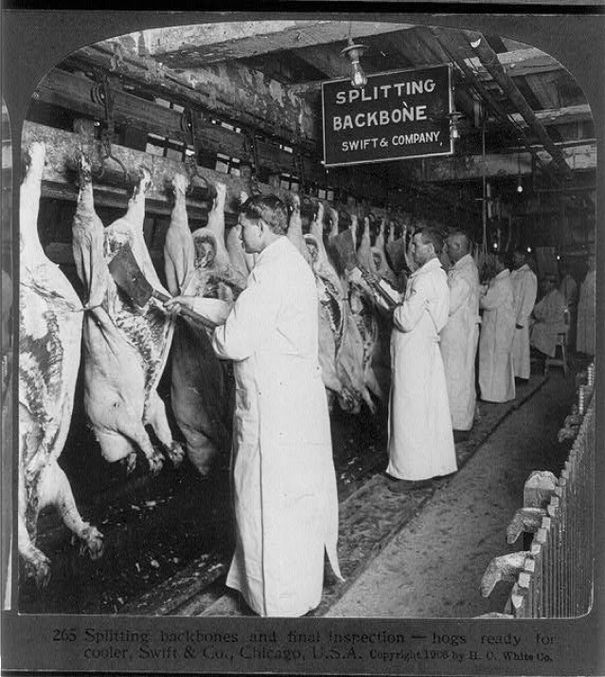
Typical Chicago slaughterhouse in 1900s. Copyright 1906 by H.C. White Co.
According to the United States Department of Agriculture, the average U.S. farm “more than doubled in size” yet “less than half the farms remained” between 1950 and 1997 (“Industrialization of Agriculture”). In other words, large-scale farms began to weed out smaller, family-owned farms with the use of highly sophisticated agricultural technology to commoditize production.
By 2017, approximately 99% of U.S. meat was raised on factory farms.
The Nutritional Impact of Factory-Farmed Meat
A Major Contributor to Heart Disease
While factory-farmed meat already raises numerous moral and environmental issues, many don’t consider the cost it has on our health. Early humans ate meat from wild, hunted animals composed of fat percentages impossible to replicate on modern, industrialized farms. Over time, the environment and genetic composition of industrialized farmed animals has dramatically changed – today, they are selectively bred and reared to acquire a desired fat content in a condensed timeframe. From an evolutionary standpoint, humans are not biologically built to consume meat from concentrated feeding operations.
Factory farmed animals are selectively bred and raised to acquire a certain fat content in the least possible amount of time:
In the United States before 1850, virtually all cattle were
free range or pasture fed and were typically slaughtered at 4 –5 years
of age. By about 1885, the science of rapidly fattening cattle
in feedlots had advanced to the point that it was possible to
produce a 545-kg steer ready for slaughter in 24 months and that
exhibited “marbled meat”.
Thus, from a scientific point of view, the nutritional quality of modern-day industrialized meat is dramatically concerning compared to traditionally produced meat. According to a study conducted by Iowa State University, factory-farmed cattle meat is high in saturated fat, low in Omega-3 fatty acids, and high in Omega-6 fatty acids. Ultimately, a diet high in industrialized meat would increase your risk of heart disease and stroke, the leading cause of death in the United States.
Damages to Your Body
A much less publicly understood concept is the oxidative stress that animals endure on factory farms. In short, oxidation is a naturally occurring process in the body that produces free radicals – unstable molecules, atoms, or ions that cause cellular harm. In turn, this diminishes the nutritional quality of meat. Environmental factors like pollution, heat, and poor nutrition are major contributors to this damaging biological reaction… all of which factory farms are notorious for.

Common diseases resulting from oxidative stress. Image: © 2020 CC Treatment
So, why should you care? Consuming meat high in free-radicals is more likely to cause oxidative stress on your own body. Processed meats, like bacon and sausage, put you at an additional risk due to their high preservative content. Research has shown that oxidative stress on the human body contributes to many conditions including atherosclerosis, inflammatory conditions, certain cancers, and speeds the aging process. It also plays a role in neurological disorders like Alzheimer’s disease, Parkinson’s disease, muscular dystrophy.
If you’re at all familiar with our Aldi campaign, you know that Crate Free USA is specifically pushing for this major grocer to eliminate gestation crates from their pork supply. If not for the pigs’ well-being, consumers should consider the fact that their own health is at risk by purchasing crated pork. Sows in gestation crates are actually more likely to have increased oxidative stress than sows in group pens, thus increasing your risk of disease.
Then Why Hasn’t the Government Acted to Protect Our Health?
The industrialized agricultural industry is one of the most highly hidden scandals protected by the U.S. government. In 2011, Tyson Foods—one of most recognized names in farm animal cruelty—spent $464,837.24 on federal lobbying. Additionally, between 1995 and 2011, more than $277 billion in agricultural subsidies were paid for by American taxpayers, and most of those subsidies “went to the country’s largest farming operations” (Etherton et al.)
As mentioned in their 2015-2020 Dietary Guidelines, the U.S. Department of Health and Human Services recommends reducing intake of foods that are high in saturated fat and salt by increasing consumption of vegetables and legumes. If this is true, then why does the government use public tax dollars to support meat marketing and advertisements? Of all beef tax dollars collected by the government, approximately 99% is given to the National Cattlemens’ Beef Association, or NCBA. As a result, this organization receives approximately $45 million annually from Americans’ pockets.
The NCBA in turn uses this public money to buy ads encouraging you to eat more beef (the large majority of which is factory farmed), while also lobbying to derail animal welfare and other agricultural reform activists, defeat meat labeling requirements, and defend the ongoing consolidation of the industry.
Disturbingly, the money that you spend on that Big Mac goes right back into encouraging your high-risk dietary habits. No matter where you are, or how often you try to avoid commercial influence, the “big” meat industry will always be staring you right in the face.

Still not convinced that the government doesn’t have your best nutritional interest at heart? From 1995 to 2011, $18.2 billion in taxpayer subsidies went to junk food ingredients—enough to buy 2.9 billion Twinkies every year. On the other hand, apples only received $637 million. It’s strikingly clear that in a capitalistic society, the health of America is determined only by its poor federal policy.
Our Major Takeaways
The government is not concerned about your health. Heart disease costs the United States nearly $219 billion a year, yet the government is only budgeting $23 million in the fiscal year 2021 for the Packers and Stockyards Act—a program that regulates and monitors factory farms to prevent them from deceptive and monopolistic business practice. The best way to keep your family safe and healthy from big agriculture’s marketing scam is to do the following:
1. Reduce your meat intake. People who eat higher amounts of red meat are more likely to die younger and die from cardiovascular disease and cancer.
2. Purchase meat from local, humane farms. Studies show that pasture-range animals are less likely to exhibit the unhealthy qualities of factory-farmed meat.
Live in Illinois? Check out our app which lists local farms and farmer’s markets that sell more humanely raised meat.
3. Avoid processed foods. Humans have not yet adapted to highly refined foods and reducing them from your diet can greatly improve your health.
Ultimately, as individuals, it’s our responsibility to stay educated and challenge current societal norms. At the end of the day, by not supporting factory farms, you’re not only protecting the environment and doing what’s morally right, but you’re protecting yourself as well.
Author bio:
Emma Balinski is a bio-engineering student who is committed to bettering the lives of all animals. She has previous internship experience at DuPage County Animal Services and enjoys volunteering in the animal welfare community. Outside of school, Emma has strong interests in nutrition, fitness, and can often be found hiking with her three-year-old rescue dog, Romeo.
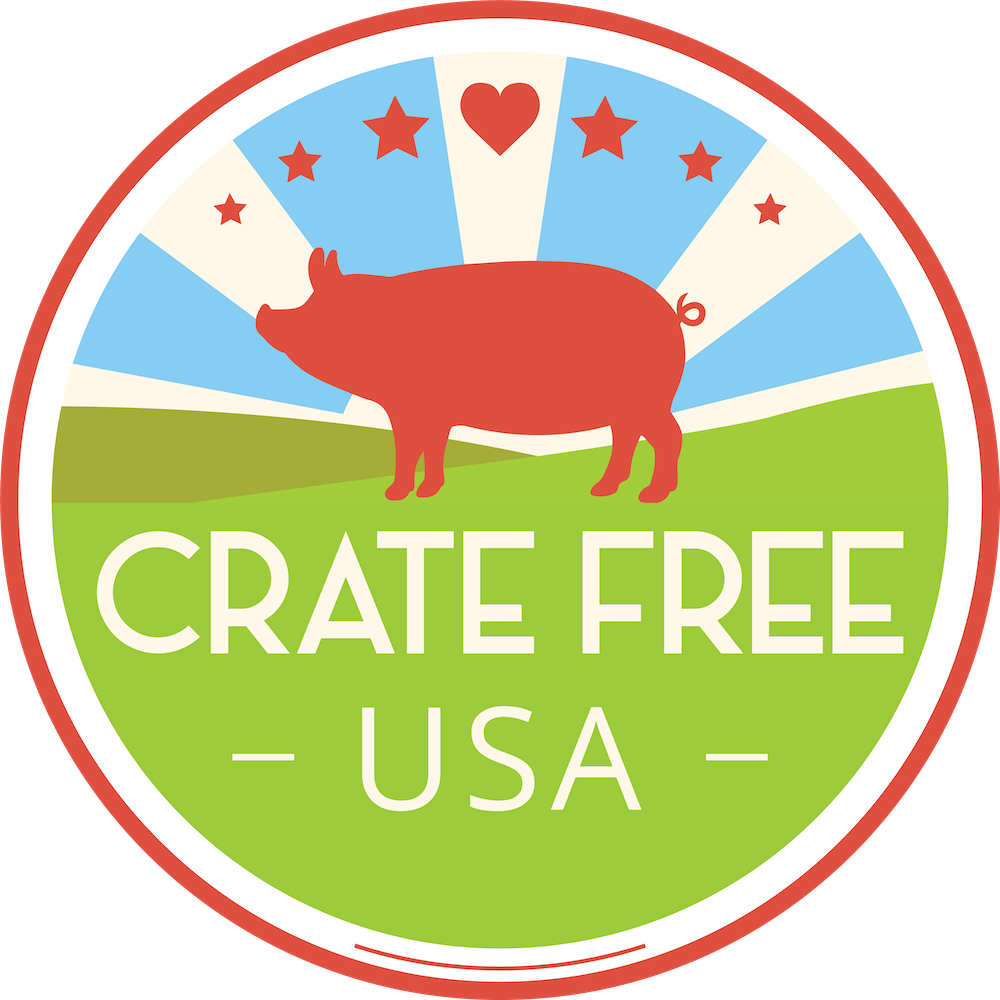
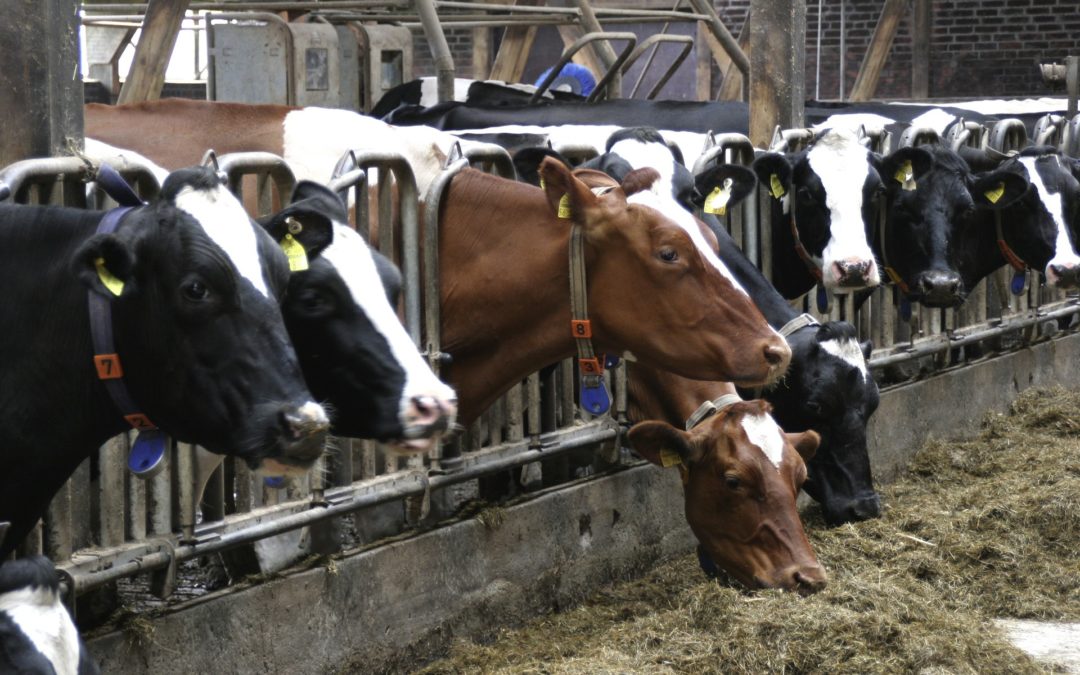
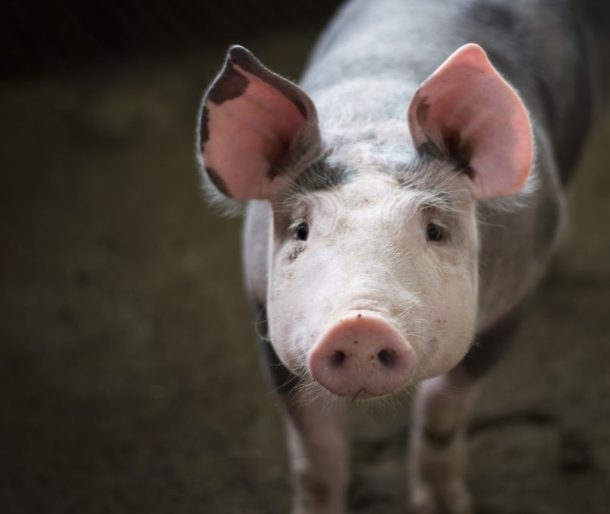


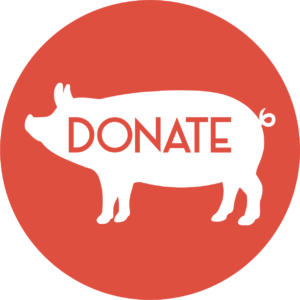

I was “saved'” in 1980 when I joined an animal rights group. I learned SO much then & became a vegetarian almost immediately and a vegan about 5 yrs ago. As a testimonial, I literally stopped all colds and flu each year. I contract such ailments only when I’m extremely stressed which is rare. I attempt to educate others when the time is right. We should ALL be aware of the suffering of our fellow earth companions and do everything we can to stop the cruelty as well as helping to spare our precious earth from more pollution.
Not wanting to end up looking like most veggies and vegan’s, white pasty,thin and unhealthy, I’m sticking to my staple diet which includes meat. By nature and evolution I’m a carnivore, built to hunt and devour the kill, meat. Great on those who enjoy munching on leaves and foliage, but not me, and I won’t be forced by these groups either.
Thank you for your comment Gerard. We appreciate you reading. The point of our post (and our mission) is that it does not have to be all or nothing.
Of course you can eat meat…you can also care how animals are raised at the same time.
Factory farmed meat (which is where 99% of meat comes from) causes immense amounts of suffering to these animals every day — something we would never inflict on our pets.
Please check out local farms in your area.